How Do AI Detectors Work? In today’s digital age, artificial intelligence tools are becoming more advanced, making it increasingly difficult to distinguish between human-written and AI-generated content. Artificial Intelligence (AI) has speedily changed the method we create and consume content. AI tools such as ChatGPT, Bard, and Claude are transforming the way we interact with information, from essay writing to generating realistic images, revolutionizing digital communication. But this rise in AI-generated content has led to a pressing need: how do we detect whether content was created by a human or a machine? Enter AI detectors.
AI detectors are tools that evaluate transcript to conclude the likelihood that it was produced by artificial intelligence. But how exactly do they work? Are they accurate? And what challenges do they face in today’s ever-evolving tech landscape?
In this article, we’ll explore how do AI detectors work, the technology behind them, and whether we can truly rely on them.
What Are AI Detectors?
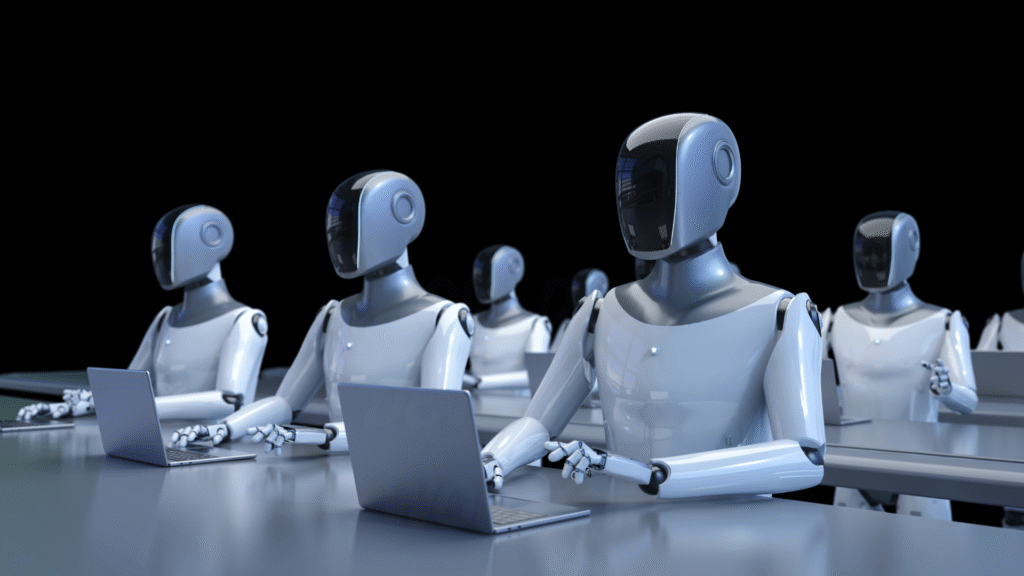
AI detectors are software tools that scan a piece of text and attempt to predict whether it was written by a human or generated by an AI model. These tools are commonly used in academia, publishing, and content creation to prevent misuse of AI, such as cheating, misinformation, or plagiarism.
Popular examples of AI detectors include:
- OpenAI’s AI Text Classifier (now retired)
- GPTZero
- Originality.ai
- Copyleaks
- Turnitin’s AI Detection Tool
Each detector uses a different methodology, but they often rely on a blend of machine learning models, linguistic pattern recognition, and statistical analysis.
How Do AI Detectors Work?
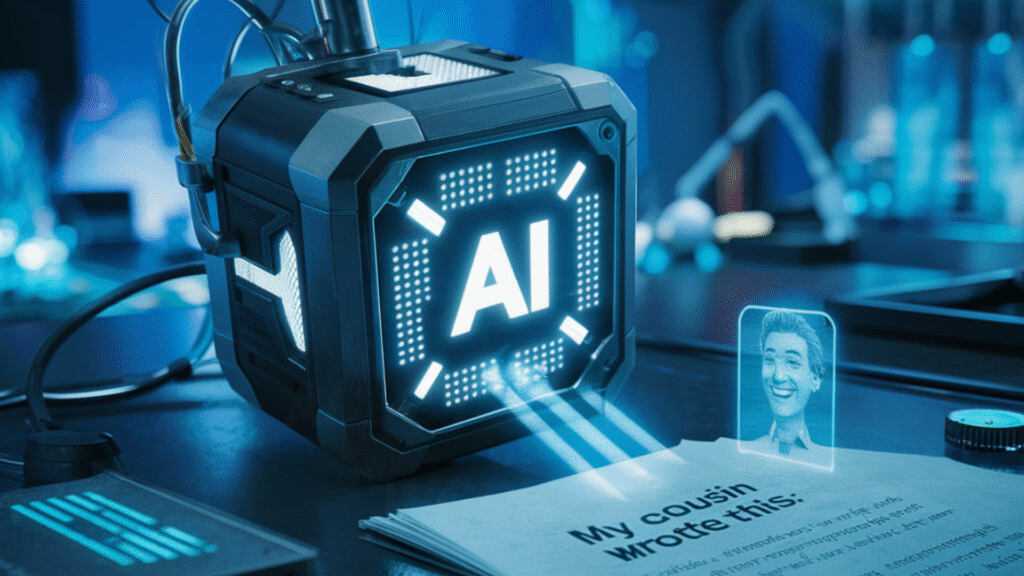
1. Perplexity and Burstiness
Two main metrics many AI detectors depend on on are perplexity and burstiness.
- Perplexity specifies the level of insecurity a language model experiences when examining a piece of text. Human writing tends to be less expectable, while AI-generated text often follows statistically probable word choices.
- Burstiness means to the alteration in sentence length and difficulty. Humans sensibly write with more variation, while AI often produces evenly organized sentences.
Text with low perplexity and minimal burstiness may suggest it was produced by an AI system.
2. Machine Learning Classification
Some detectors are trained using supervised learning. This means the developers feed the model thousands of examples of human-written and AI-generated text. The model then acquires to classify patterns that separate the two.
Features used in classification may include:
- Sentence length and structure
- Use of uncommon words
- Repetition frequency
- Stylistic patterns
The detector applies these learned rules to new texts to assign a probability of AI authorship.
3. Watermarking
Some AI content detectors rely on invisible watermarks embedded during AI text generation. These are subtle patterns in word choice or syntax introduced intentionally during text generation. Although this isn’t standard for all models, future detectors might depend more on watermarking for accuracy.
How Accurate Are AI Detectors?
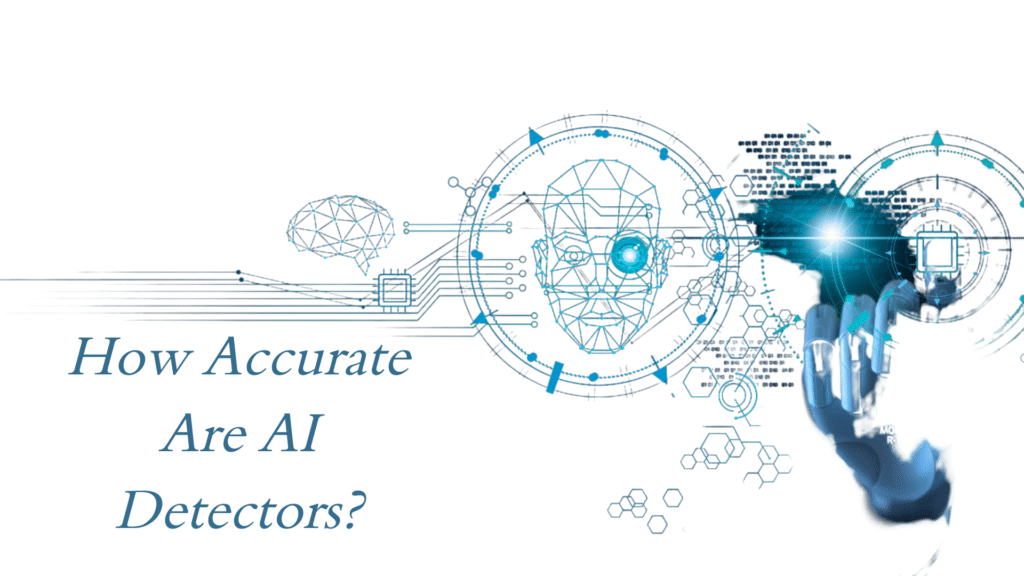
While AI detectors can be helpful, they aren’t guaranteed. Correctness varies depending on:
- The length of the text
- The AI model used (e.g., GPT-3.5 vs GPT-4)
- The detector’s training data
- Editing and human intervention
Common Issues:
- Untrue positives: Sensors sometimes incorrectly flag human-written content
- Untrue negatives: Revised AI content might blunder past the detector.
- Bias: Some tools may misclassify non-native English writing or creative styles.
For example, Turnitin claims its AI detector is 98% accurate, but independent tests suggest that even the best detectors struggle with nuanced or heavily edited AI content.
What’s New in AI Detection?
As of 2025, AI content creation tools have become smarter and more human-like, making detection harder. At the same time, new AI detectors are emerging that use hybrid models—combining linguistic analysis with deep learning techniques for better accuracy.
Here are some trends shaping AI detection today:
1. Contextual Awareness
Modern AI detectors are being trained to understand not just isolated sentences, but the context and logical flow of entire documents. This helps identify unnatural logic jumps or patterns typical of AI output.
2. Multimodal Detection
Some new detectors can analyze both text and image-based content, identifying AI-generated images, diagrams, and accompanying captions.
3. Human-in-the-Loop Systems
Institutions are consuming AI detectors in conjunction with human critics. This helps minimize false results and improves decision-making, especially in education and legal contexts.
4. Integration with Learning Management Systems (LMS)
Tools like GPTZero are now being embedded into LMS platforms such as Moodle, Canvas, and Blackboard to offer real-time detection for student submissions.
Limitations and Challenges
In spite of developments, AI detection is quiet a exploitative game.
- AI models are evolving fast: GPT-5, expected to launch later in 2025, promises even more human-like writing, which may render current detectors obsolete.
- Human editing: When humans revise AI-generated content, it becomes significantly harder to detect.
- Ethical concerns: Over-reliance on AI detectors can unfairly penalize students, writers, and non-native speakers.
Plus, there’s the legal gray area. What counts as original work if it’s AI-assisted? Policies are still catching up.
Real-World Applications of AI Detectors
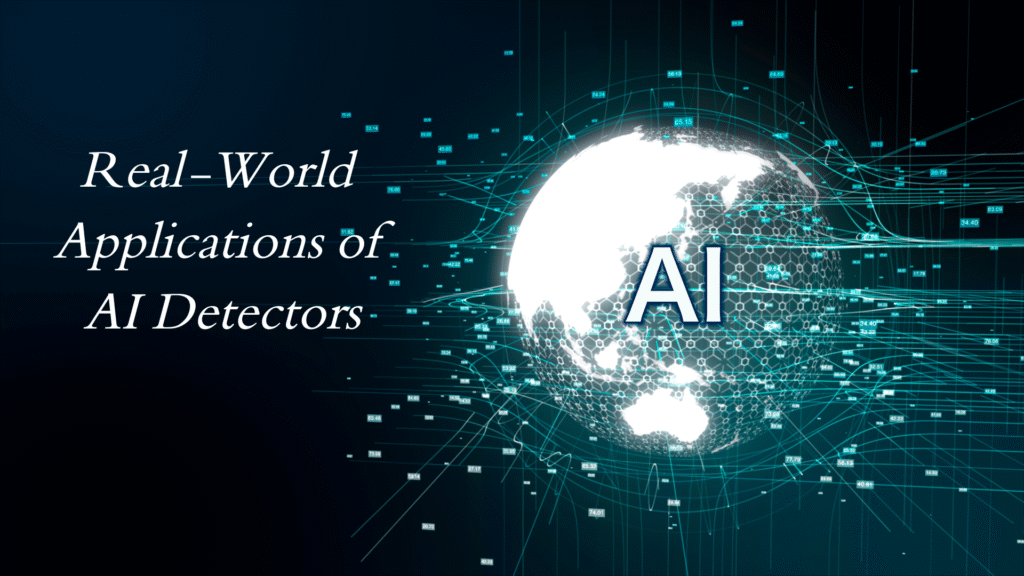
Here are some areas where AI detectors are being used right now:
1. Education
Teachers use detectors to verify the authenticity of essays, assignments, and research papers. Universities are increasingly mandating AI disclosure policies.
2. Publishing
Editors rely on AI detectors to maintain content integrity, especially in journalism, where factual accuracy is critical.
3. Hiring and Resume Screening
Some HR tools scan job applications to ensure they’re not entirely AI-generated, ensuring genuine human input.
4. Content Platforms
Bloggers, marketers, and SEO agencies use AI detection to avoid being penalized by search engines like Google, which prioritize human-written content.
How to Avoid Detection (And Why You Shouldn’t Try)
Some people use paraphrasing tools or combine AI content with human writing to bypass detectors. However, this is a risky game.
Search engines are getting smarter, and penalties for AI-generated spammy content can hurt rankings. More notably, in education or research, distorting AI work as your own breaches theoretical honesty.
The better route? Use AI as a tool, not a support—and always reveal when it’s involved.
Can We Truly Detect AI?
AI detectors are impressive but imperfect. They work using linguistic patterns, statistical models, and evolving machine learning techniques. However, as AI gets better at mimicking humans, detection becomes more complex and nuanced.
The future of AI detection lies in transparency, policy development, and combining human judgment with machine tools. Whether you’re a student, writer, or business owner, understanding how these detectors work can help you use AI ethically and responsibly.

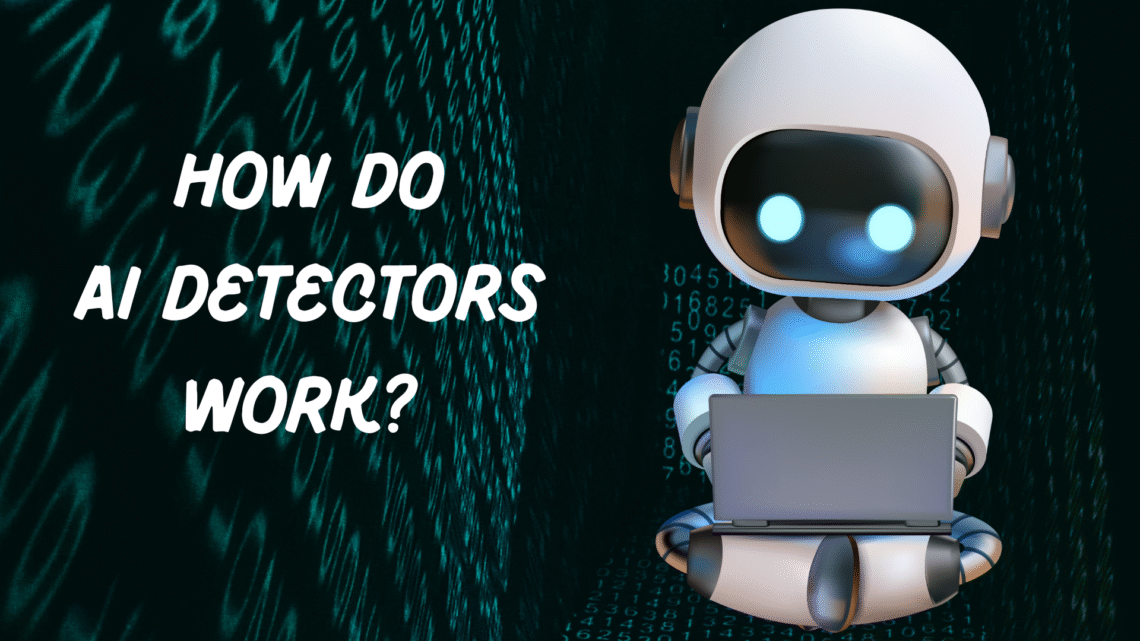

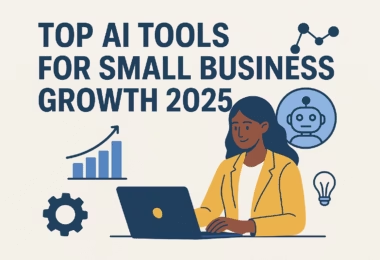


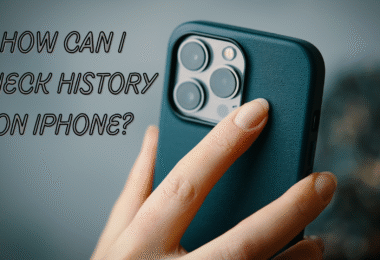
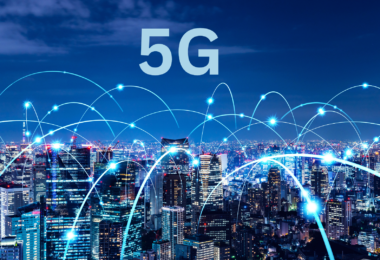
Leave a Comment